We may earn money or products from the companies mentioned in this post. This means if you click on the link and purchase the item, I will receive a small commission at no extra cost to you ... you're just helping re-supply our family's travel fund.
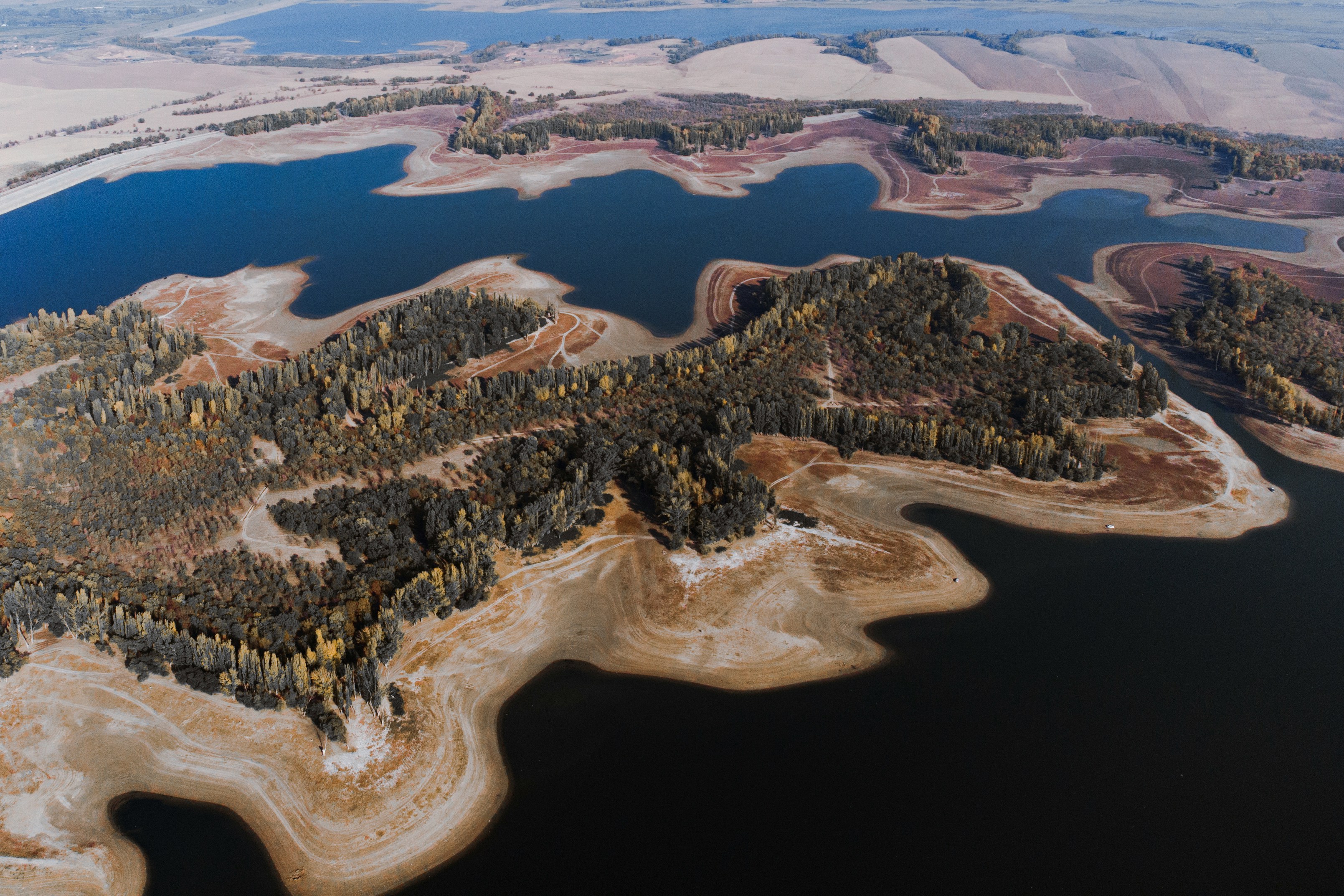
The still, sapphire waters of Crater Lake have drawn millions — not just for their depth, but for their silence. Now, that silence is turning into something else entirely. With a planned two-year closure for overdue infrastructure repairs and wildfire prevention, Oregon’s most iconic natural wonder is going dark — and the ripple effect is hitting local communities harder than the surface ever shows.
Crater Lake’s Temporary Silence: More Than Just a Pause
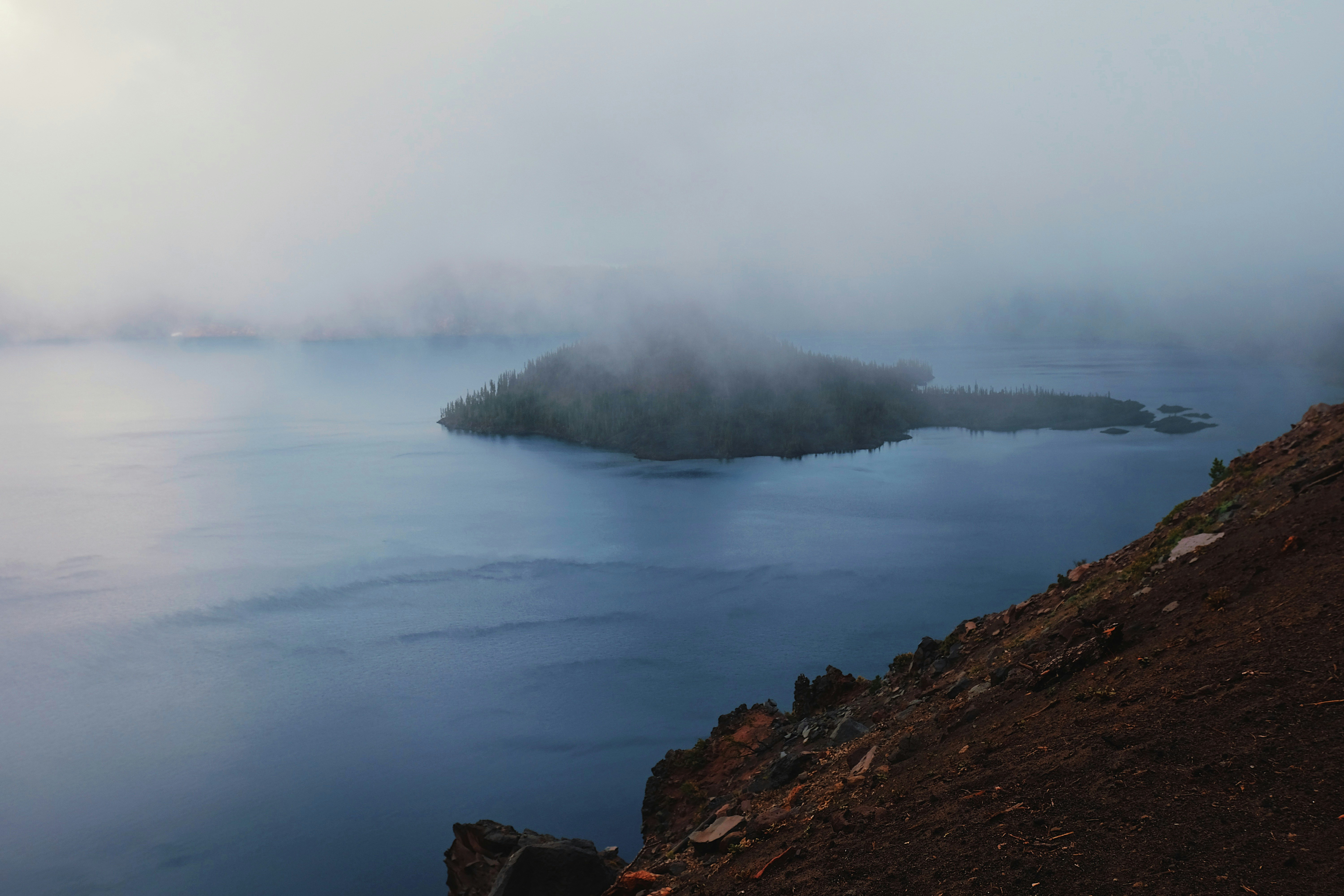
A stillness is coming to Oregon’s high country — not the serene hush Crater Lake is known for, but a heavy, unfamiliar quiet. With the iconic national park set to close for two years due to major infrastructure upgrades and fire mitigation efforts, locals in surrounding towns like Chiloquin and Klamath Falls aren’t just losing tourist traffic — they’re watching their seasonal heartbeat skip a few crucial beats.
A Lifeline for Small-Town Economies
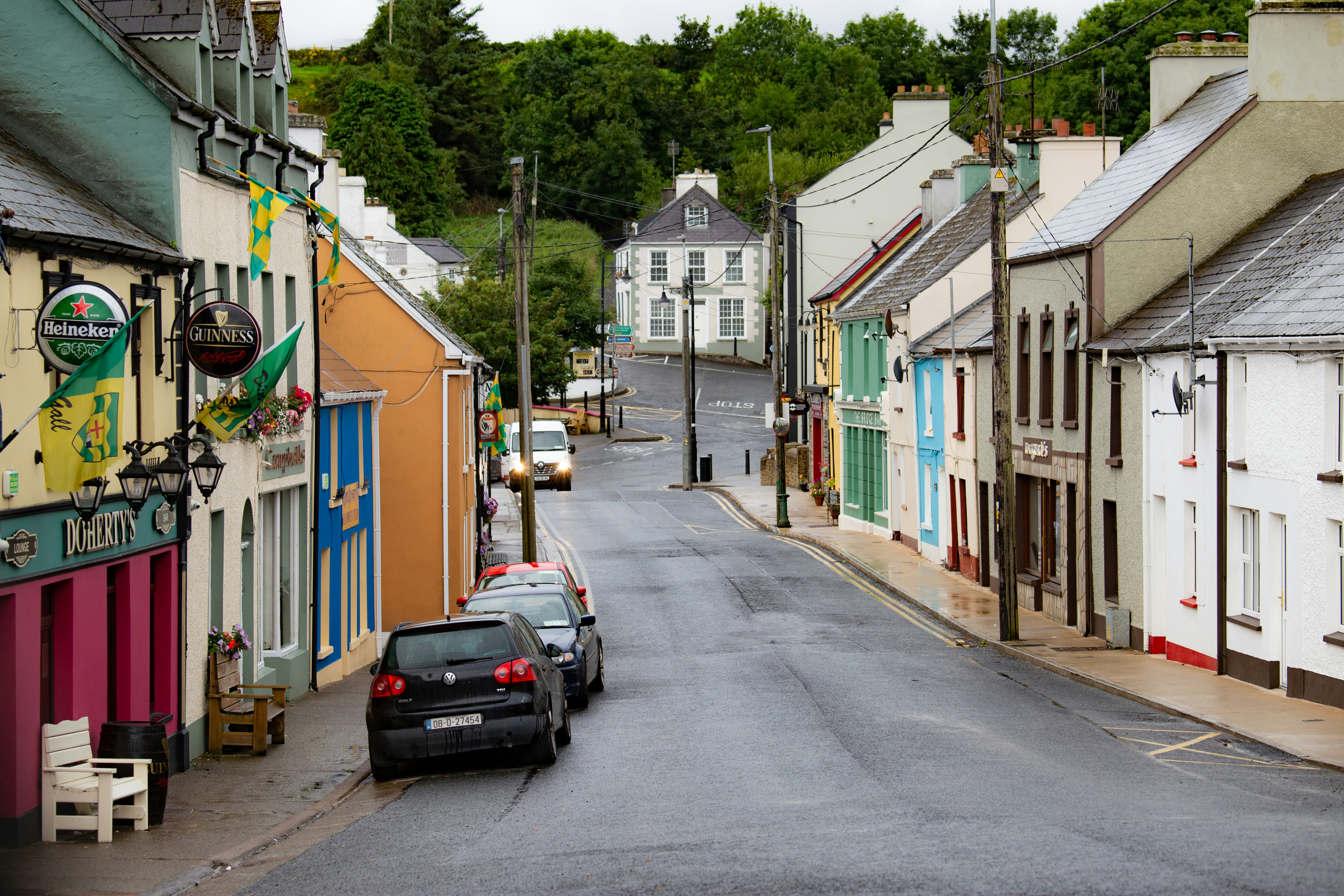
For many businesses, Crater Lake isn’t just a postcard attraction — it’s their main source of income. When the lake closes, so do jobs. Inns, diners, tour operators, and gas stations in nearby towns rely on the summer surge. A two-year halt doesn’t just pause their business; it rewrites their future plans, forcing many to pivot or shut down entirely, unsure if they’ll survive until the gates reopen.
Ecological Pause — or Reset?
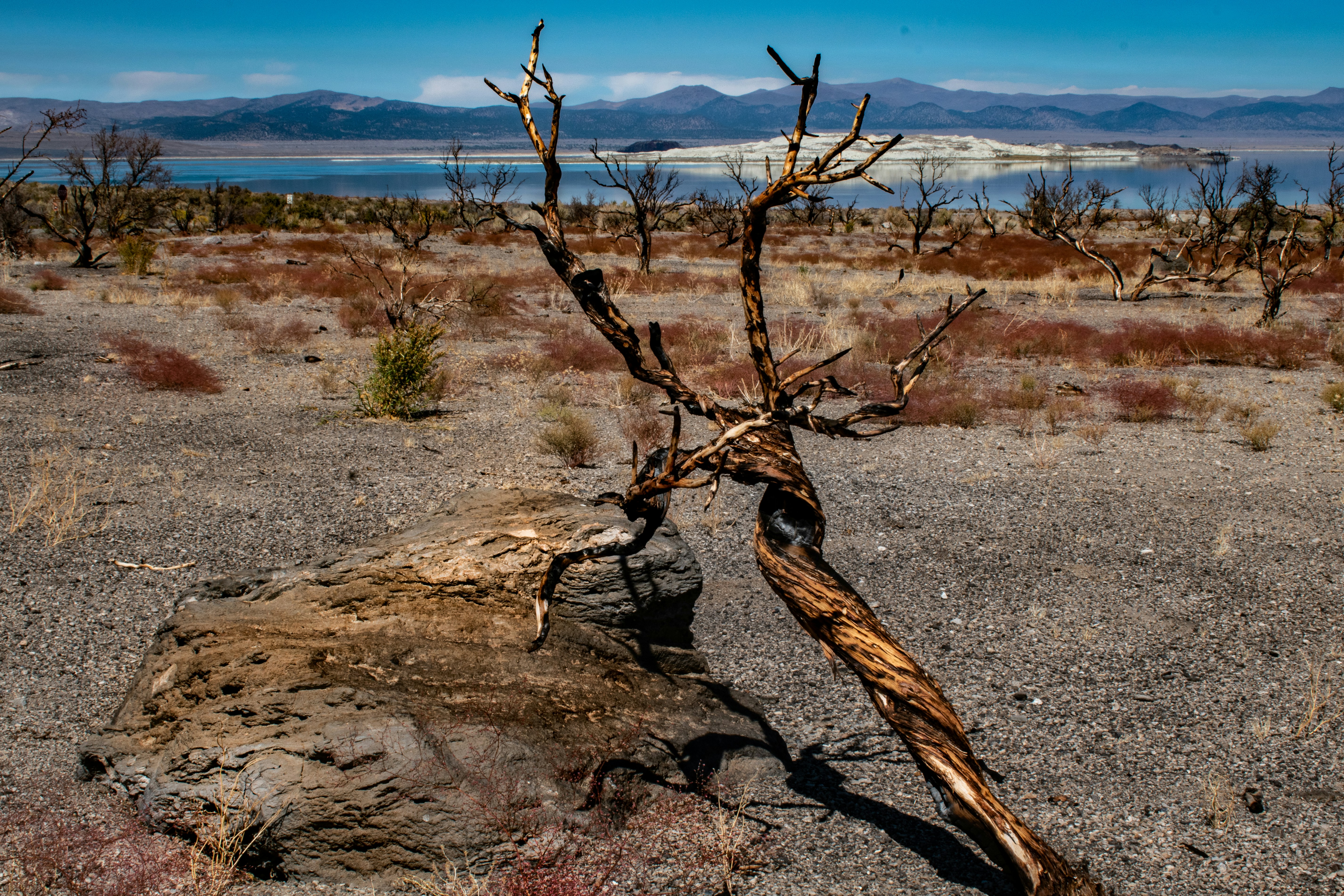
While tourists vanish, nature reclaims its breath. Rangers say the break may offer an unexpected ecological reset — fewer hikers mean less erosion, reduced litter, and wildlife returning to long-abandoned spaces. But it’s not all positive: the absence of visitors also means fewer eyes on poaching, illegal dumping, and forest health, making rangers’ jobs lonelier and riskier than before.
Infrastructure Repairs That Can’t Wait
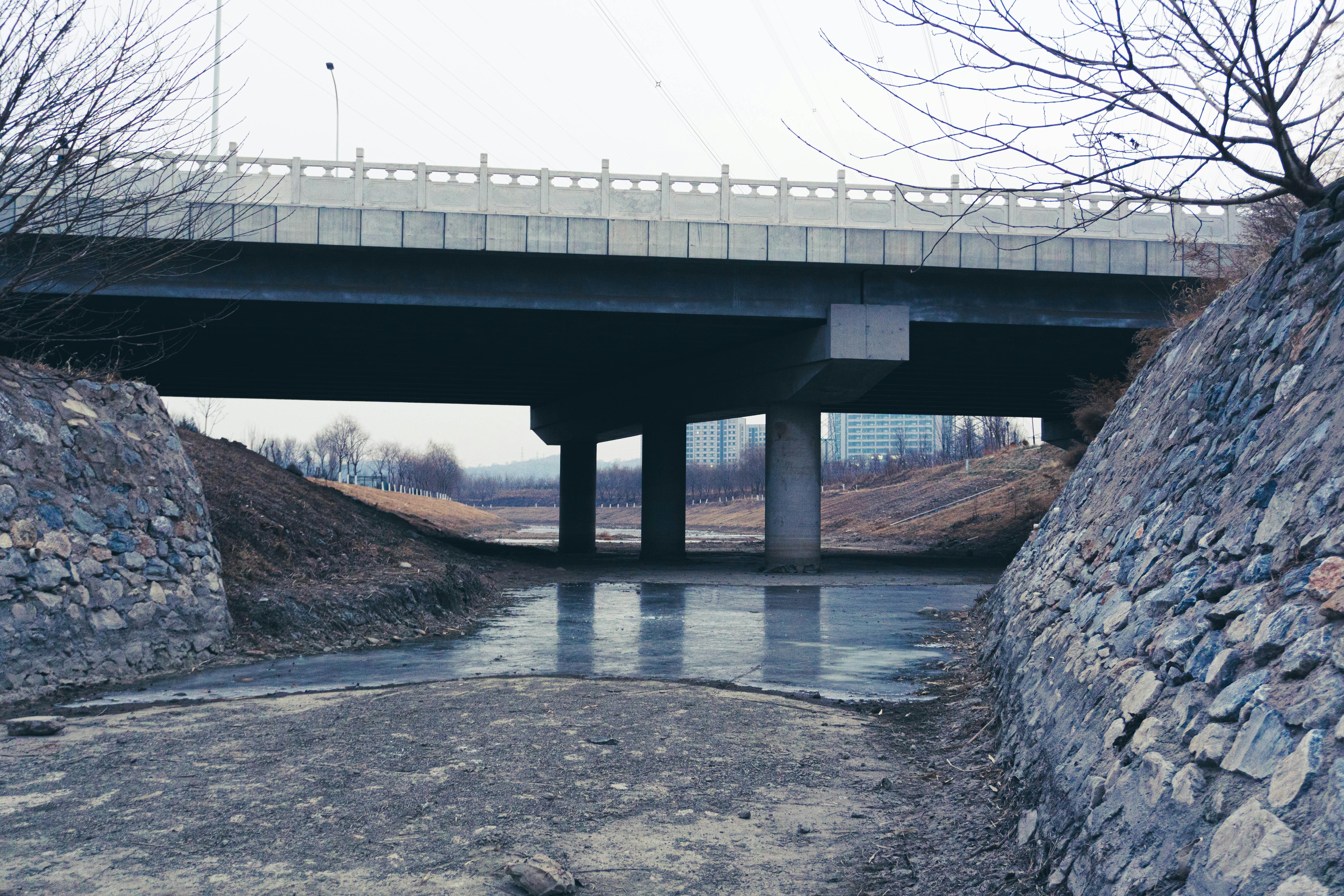
Crater Lake’s roads and visitor facilities are showing their age. Harsh winters have battered trails, cracked roads, and strained septic systems. Officials argue that a short-term closure is better than risking long-term collapse. But with delays common in government projects, some locals worry two years might stretch into three — or more — disrupting more than just a calendar.
The Emotional Toll on Generations
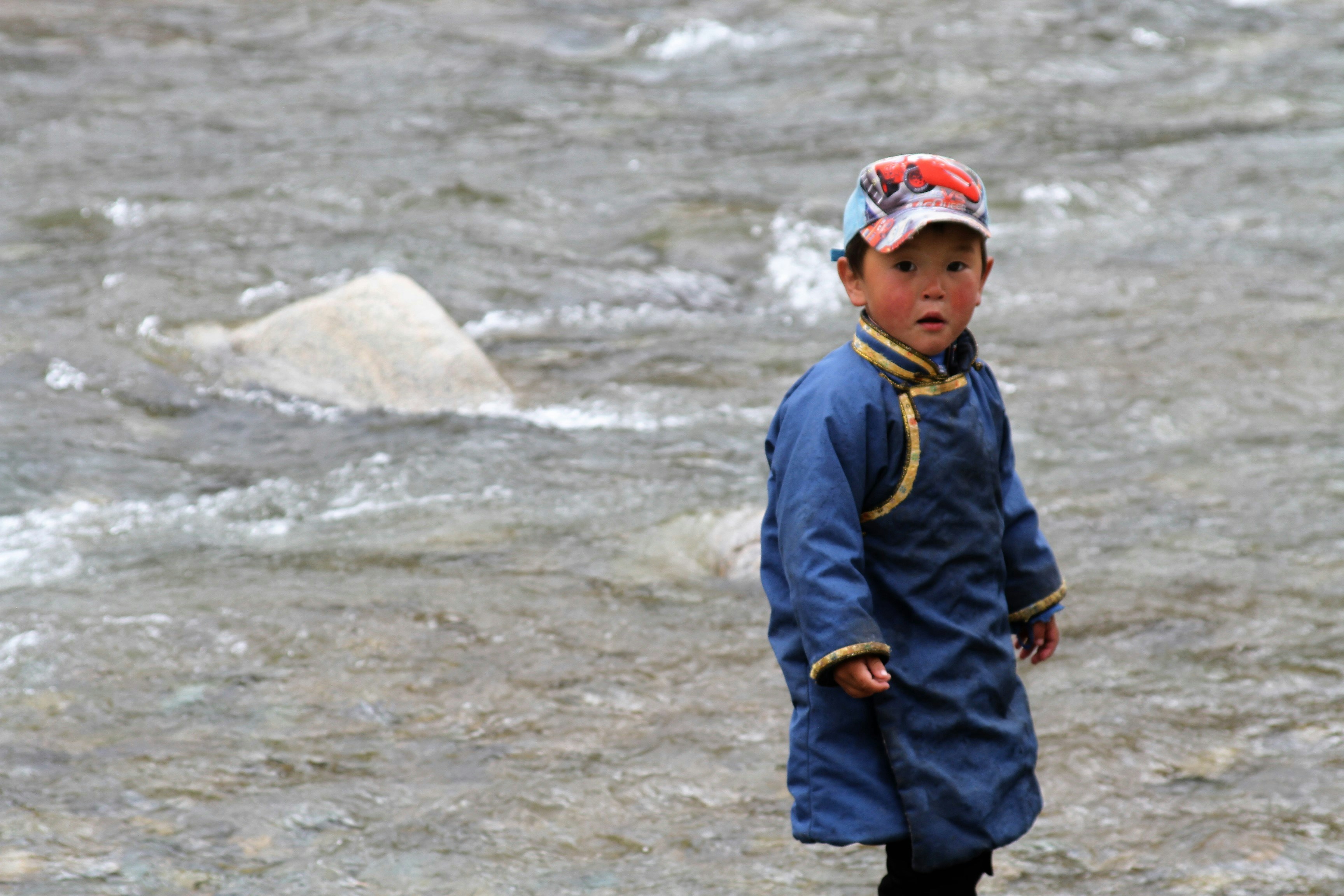
To those raised nearby, Crater Lake isn’t just a landmark — it’s a family member. Kids learn to hike its rim before they ride a bike. Weddings happen at its edge. Generations remember first kisses under its stars. For many, this closure feels like a personal loss — a ritual disrupted, a silence where laughter used to echo. It’s not just economic — it’s deeply emotional.
Alternative Routes to Recovery
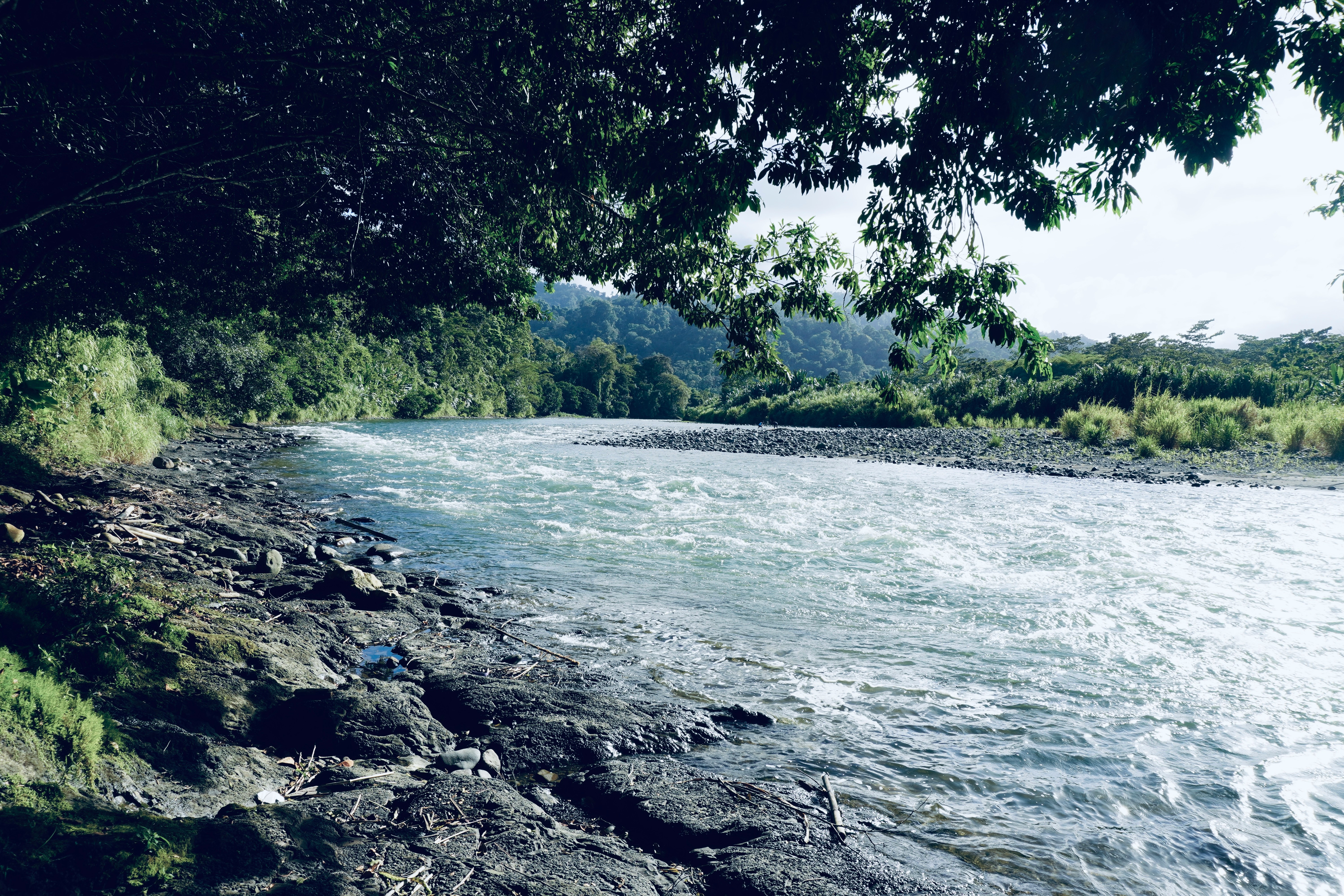
Some locals see the closure as a chance — a risky one — to diversify. With the lake off-limits, there’s a push to spotlight lesser-known trails, indigenous culture, birding routes, and hot springs. But rebranding a region that’s long leaned on a single icon isn’t easy. It takes investment, patience, and a willingness to gamble on travelers’ curiosity beyond the famous caldera.
A Two-Year Test of Resilience
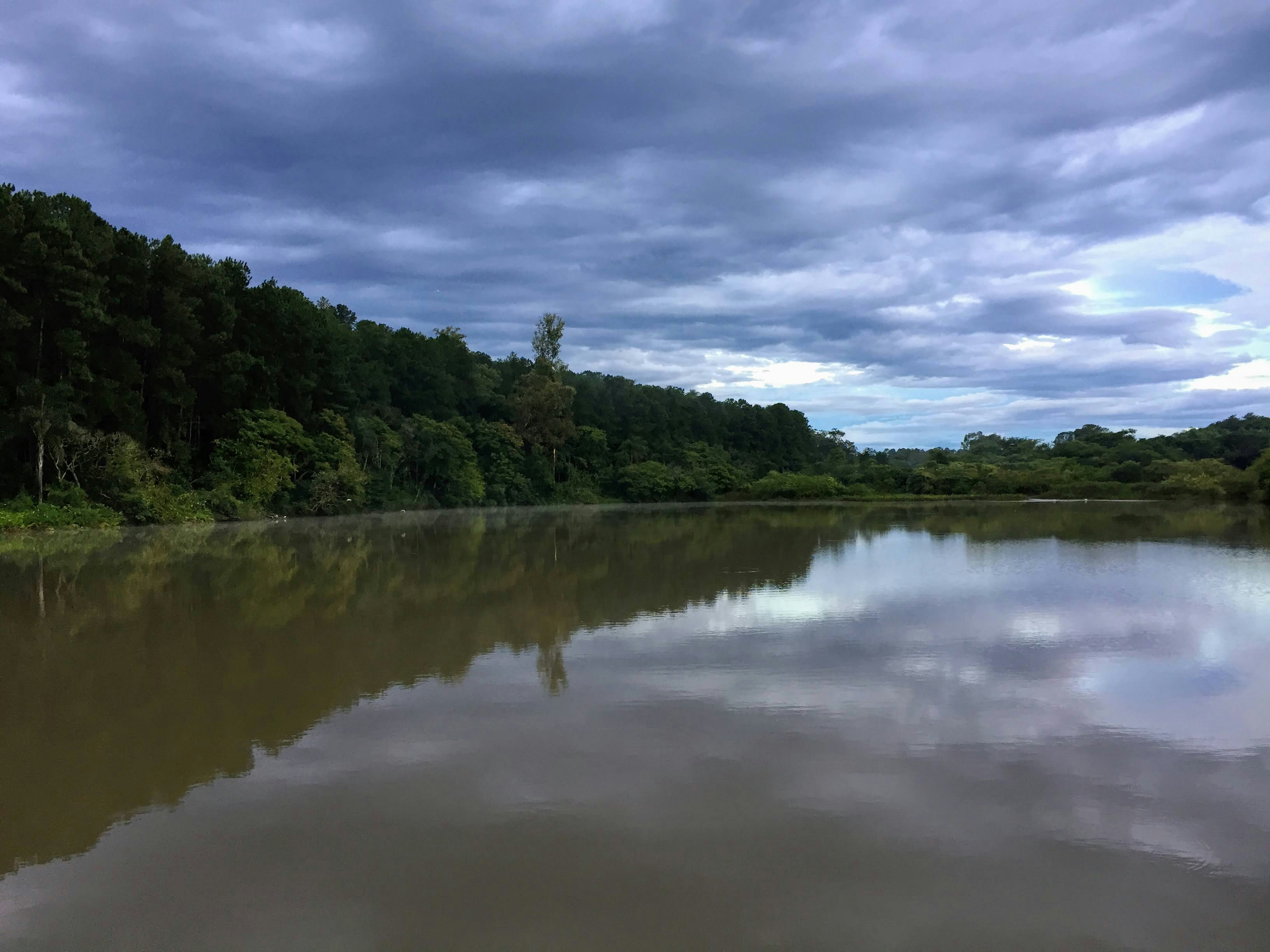
The final question haunting every store owner and ranger: when the lake reopens, will the crowds return? Or will travelers have moved on, to glitzier or more convenient spots? The next two years will test not just budgets and business plans — but identity, grit, and the kind of quiet pride that built these high-desert communities in the first place.